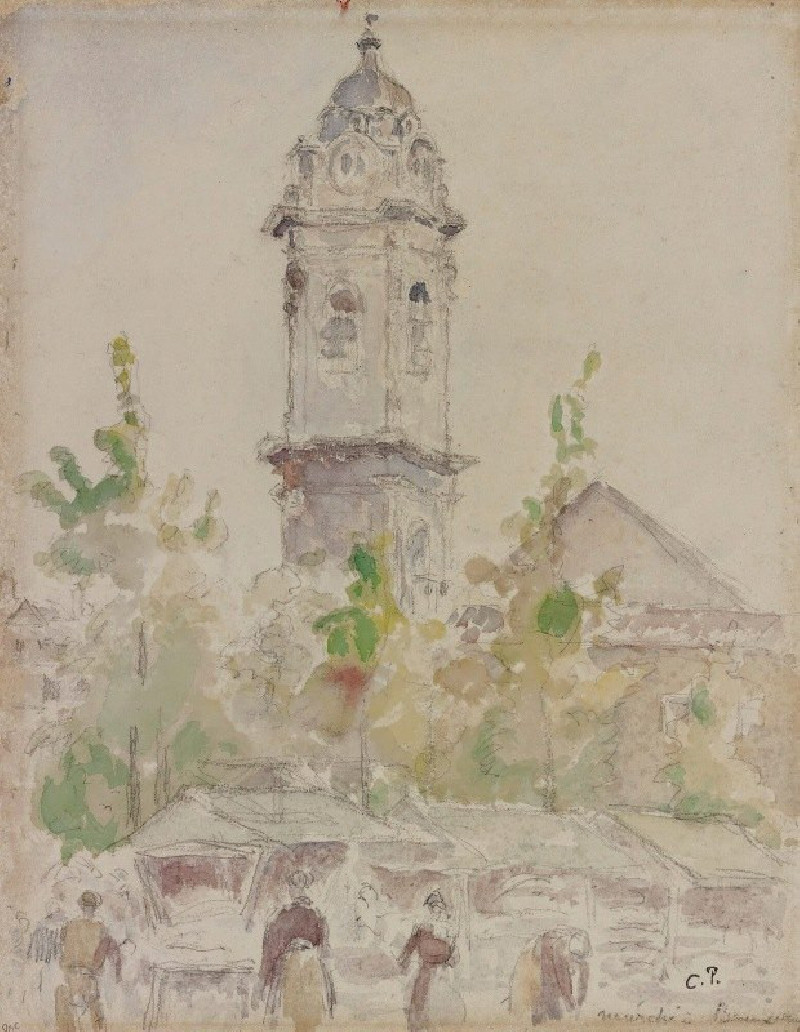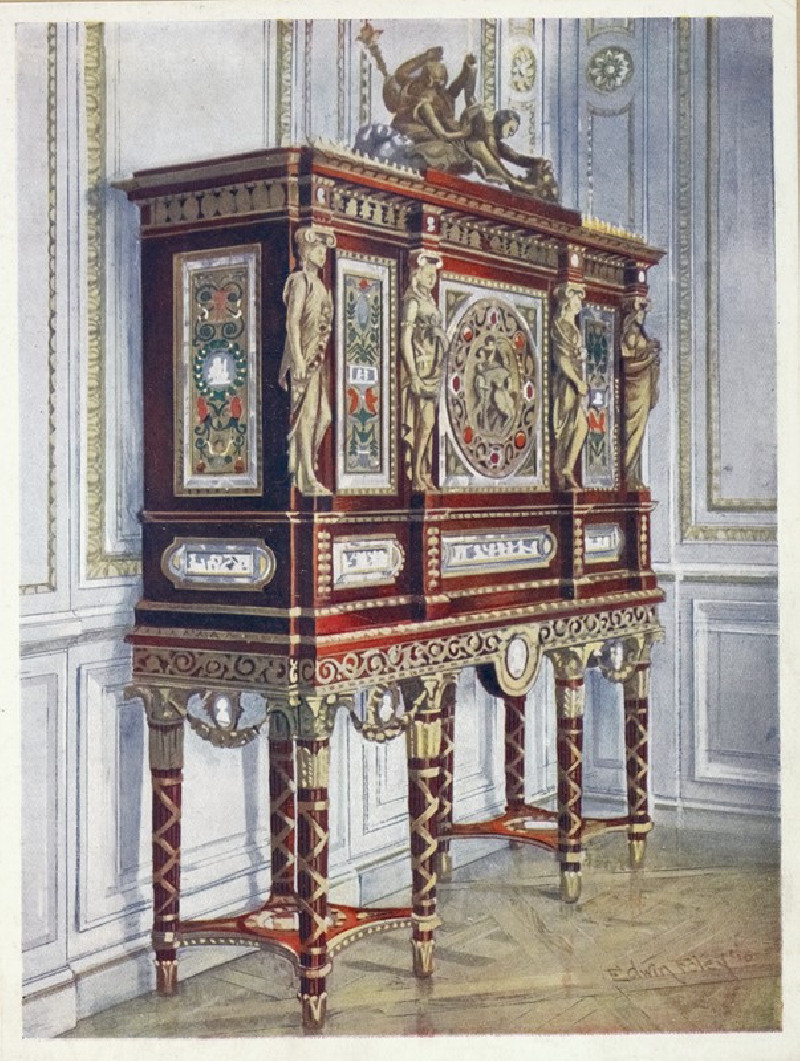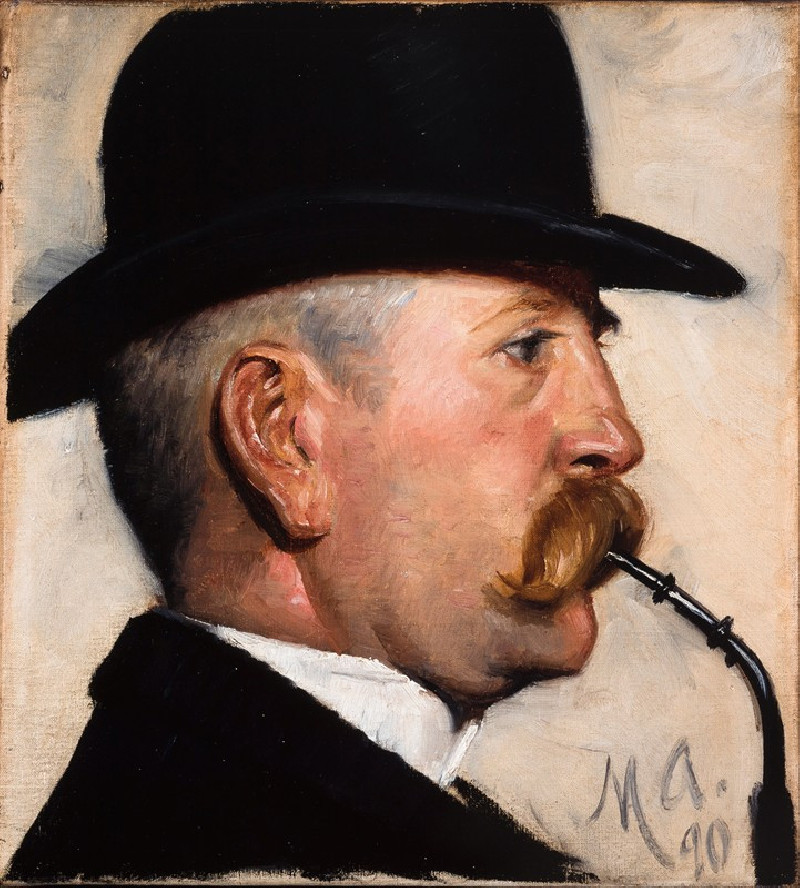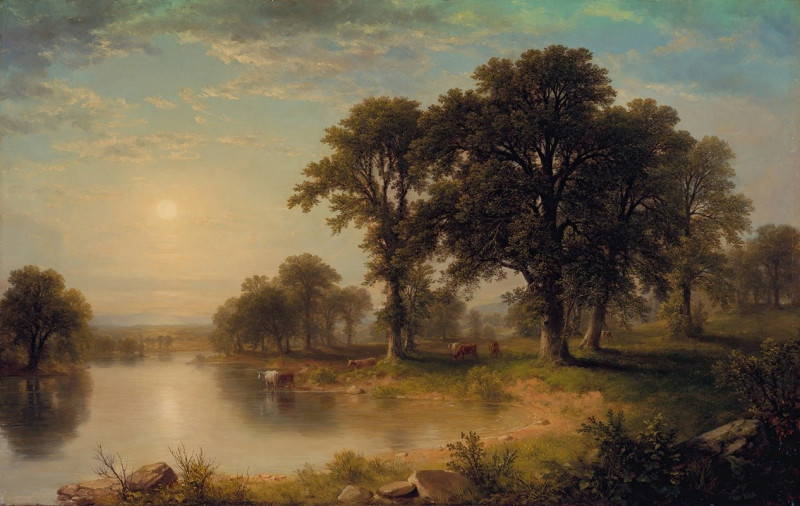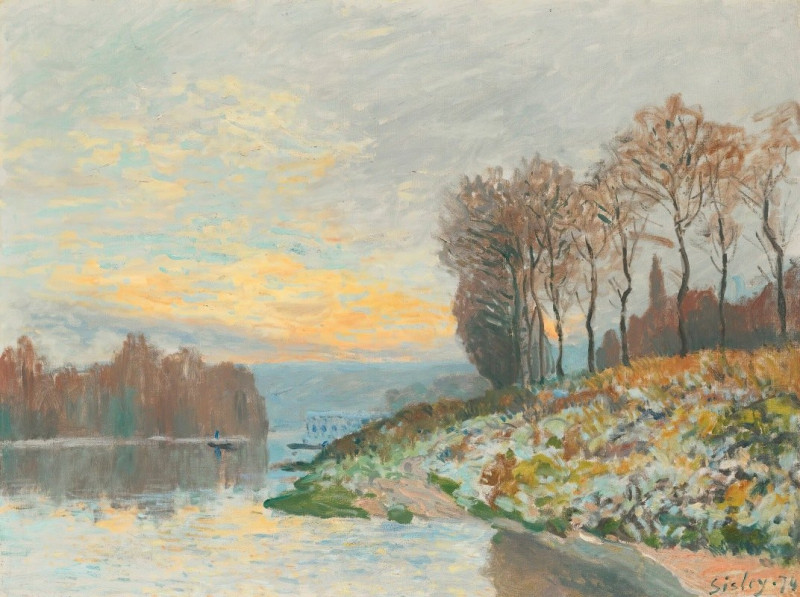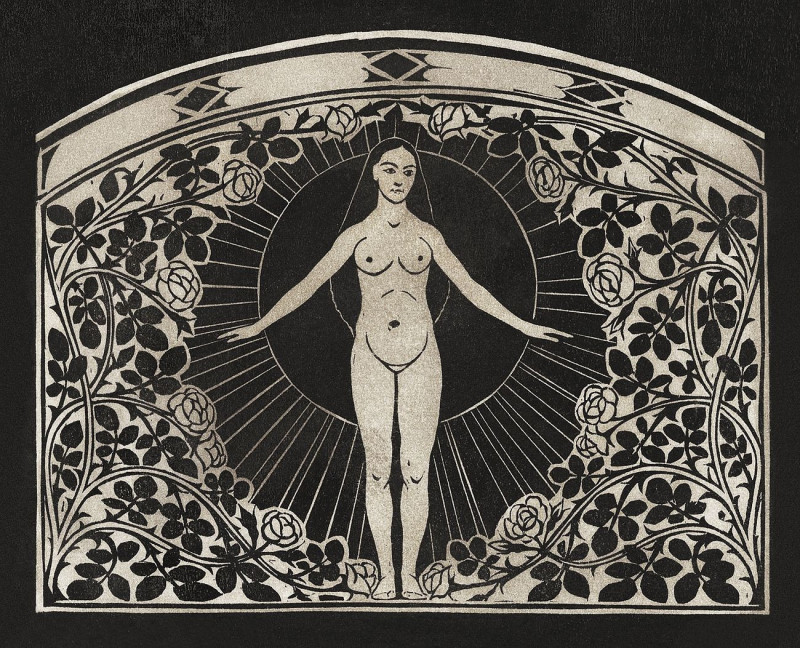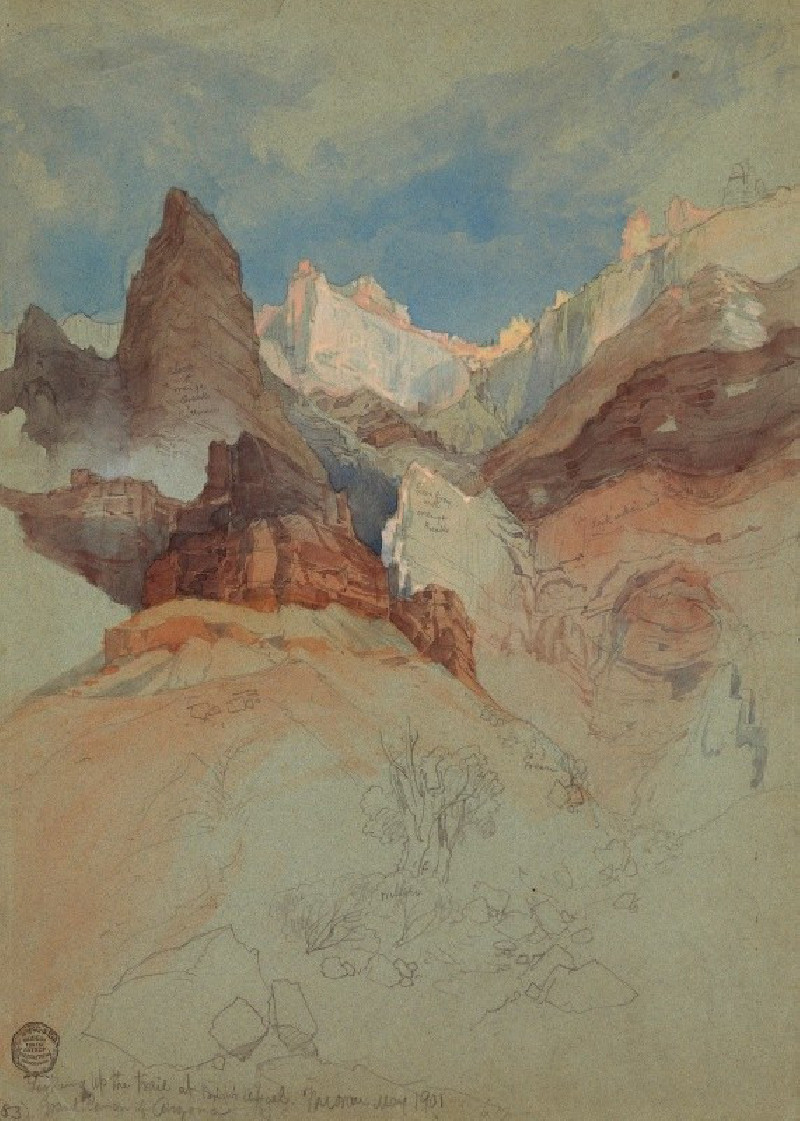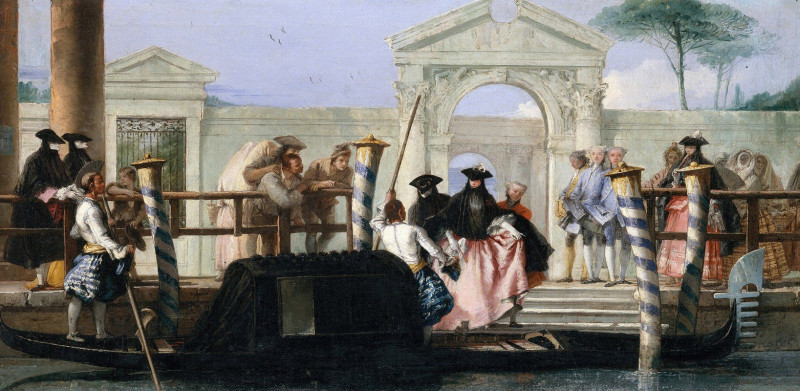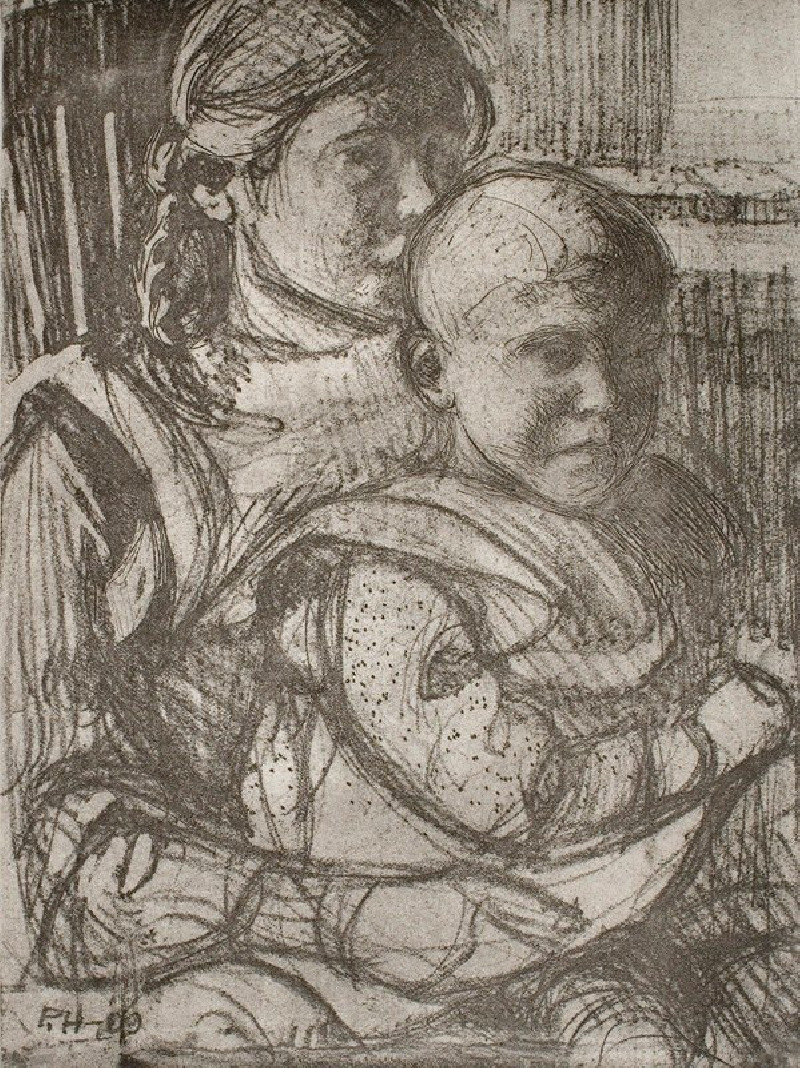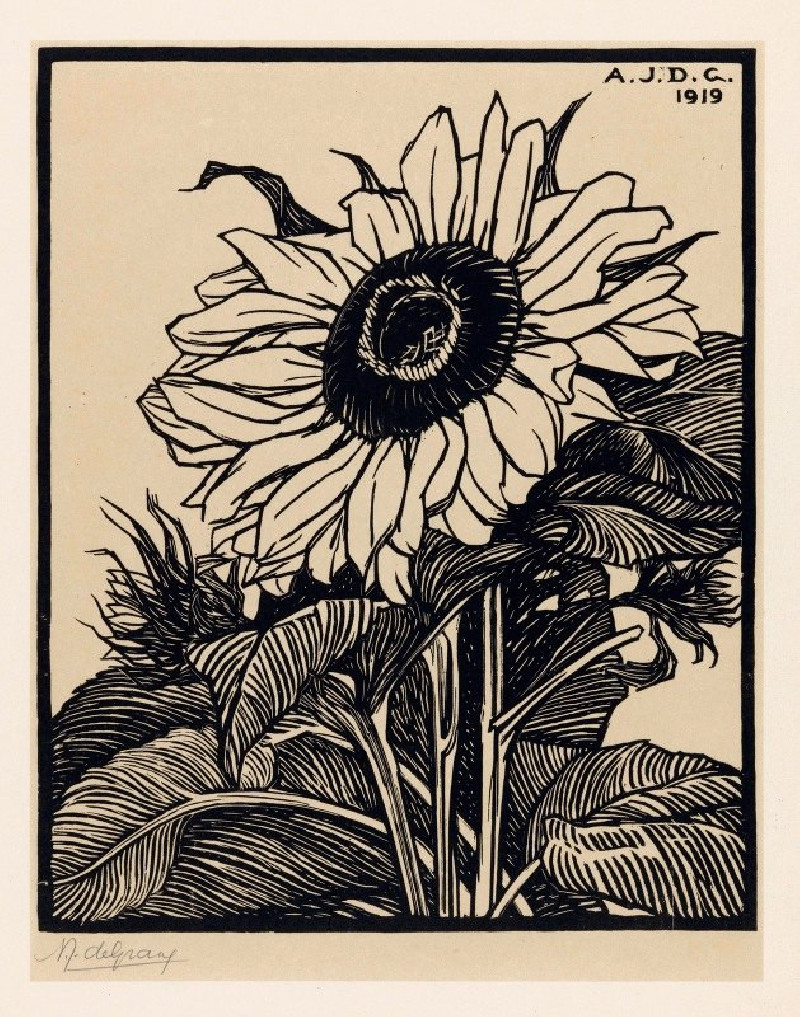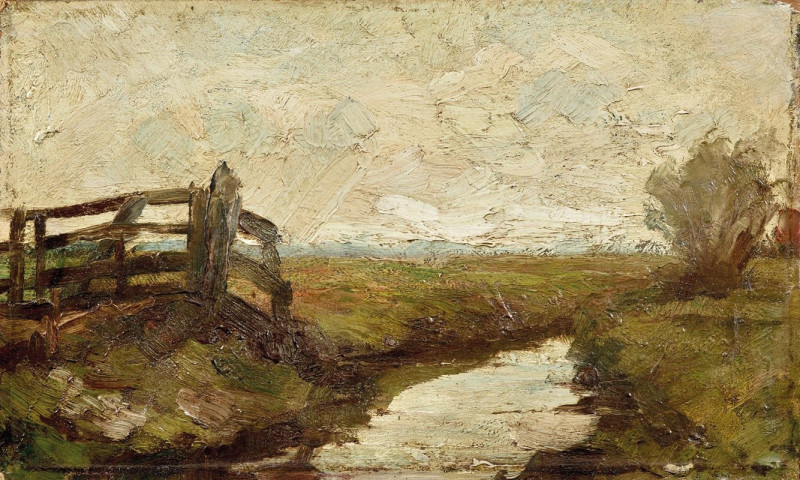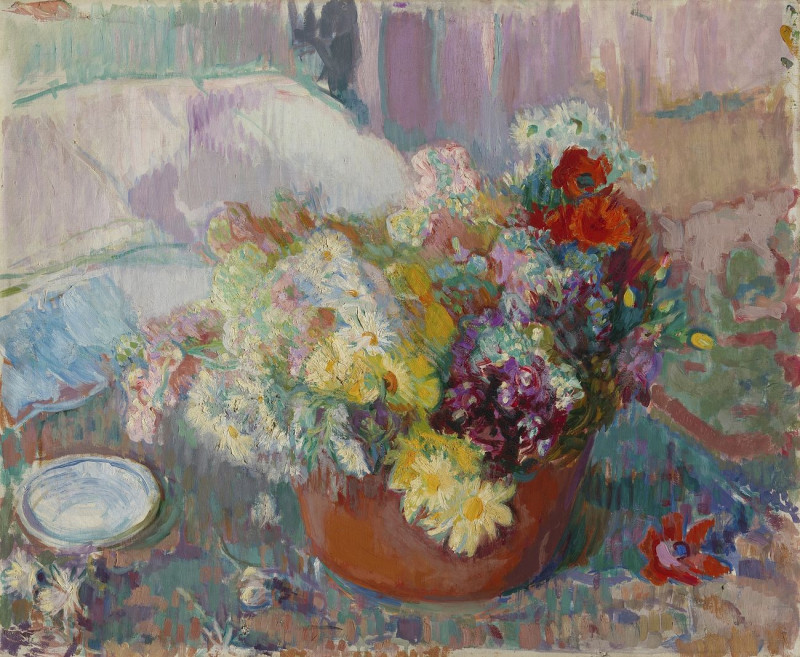Marché (circa 1894)
Technique: Giclée quality print
Recommended by our customers
More about this artwork
Camille Pissarro's artwork titled "Marché" (circa 1894) captures the liveliness and transient beauty of a bustling marketplace. This delicate sketch, characterized by light brushwork and a soft color palette, provides a glimpse into a typical day at a local market during the late 19th century.Central to the composition stands an imposing bell tower, rendered with loose yet discernible strokes, suggesting its prominence in the town's landscape. The tower, possibly part of a church complex, is detailed with architectural elements that draw the eye upwards, emphasizing its height and the intricate designs typical of the period.Surrounding the tower, the market scene unfolds under a canopy of tents and amidst verdant trees, which are depicted with blotchy, impressionistic dabs of green and brown. The presence of figures, sketched in quick, suggestive lines, animates the scene, indicating the movement and the busy exchanges among vendors and patrons. These figures, although not detailed, add a human element that makes the scene relatable and vibrant.Pissarro's use of muted tones and a predominantly earthy palette ensures that the focus remains on the overall atmosphere, rather than on specific details. This technique enhances the sense of a fleeting moment being captured, a characteristic pursuit of the Impressionist movement to which Pissarro contributed significantly.In "Marché," Camille Pissarro not only documents a typical urban scene but also invites viewers to reflect on the daily life and social interactions of a bygone era, preserved through his masterful and empathetic brushwork.
Delivery
Returns
Blessed are they who see beautiful things in humble places where other people see nothing. — Camille Pissarro
Camille Pissarro (1830-1903) was born on St.Thomas (now the US Virgin Islands) to a Portuguese father and a Dominican mother. He went to Paris to study art at Ecole des Beaux-Arts. He was an early pioneer of pointillism and neo-impressionism and later became a mentor of many famous impressionist painters including Cezanne, Manet, Renoir, and Gauguin. His paintings depicted rural and urban French landscapes and lifestyle. Many of his works politically captured images of peasants and laborers. Today, he is considered the father of impressionism.

